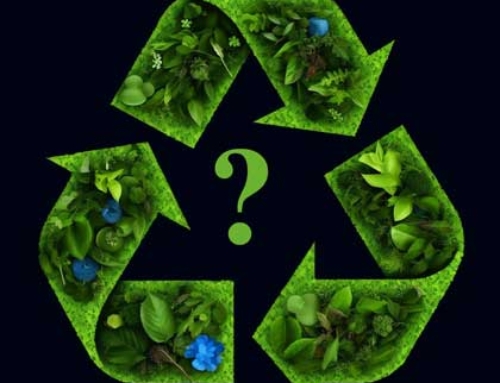At a workshop on synthetics at the recent Dubai Diamond Conference, William Shor, managing partner of Caspian VC, one of the companies supporting Diamond Foundry, made a startling suggestion.
“My colleagues would be very happy to be able to do joint marketing with natural diamond producers,” he said.
On the one hand, William Shor’s suggestion is completely devoid of common sense. His colleague, Martin Roscheisen, CEO of Diamond Foundry, has just written a magazine article accusing the miners of “collusion in price fixing“. (He provides no real proof of this claim.) He does not seem ready for joint marketing.
On the other hand, William Shor’s suggestion makes absolute sense. Why can’t the two sectors work together? Neither is going to go away. Both have money. Both need customers. And right now, a large number of companies are selling both items, including, of course, De Beers.
The fact is that the two sectors are intimately linked at the retail level, at the distribution level and at the level of the opinions that customers have of them. They use the same polishers, the same suppliers, the same retailers and the same manufacturers. When one part of the chain is harmed, it affects the others. Many sellers of synthetics even use natural stones.
They are also linked in terms of pricing. Most synthetics are sold at a discount to Rapaport’s tariff for natural diamonds. When prices for natural diamonds fall, so do prices for synthetic diamonds.
Criticism
This subject has been in the news since the Diamond Producers Association published spots, produced by Funny or Die, which strike several blows to synthetics, calling them “microwave diamonds” and “factory diamonds“.
During the week of December 2, Ryan Bonifacino, Marketing Director of Clean Origin and Great Heights, explained that synthetic diamonds “protect the environment“, although the Federal Trade Commission has explicitly advised synthetic companies not to use general terms to qualify environmental benefits, such as “green” and “sustainable“.
I encourage companies to discuss and declare their sources of supply. But whoever gives the best speech leads the way. These companies need to disclose in a way that truly informs customers and, hopefully, does good for the industry, and not as an advertising slogan or to ridicule the competition.
This involves providing information on their producers and the sources of all their materials, including the gold used for the frames, but also on the true environmental impact of any product, including the use of water and electricity. Synthetics sellers have never done this, even though they have been asked to do so for years. Hopefully, customers who really care about sustainable development will soon demand it as well.
Most of the time, they are likely to be disappointed. As Martin Roscheisen points out, many synthetics, especially in the smaller sizes, are produced using coal-fired energy. This means that it is possible – even likely – that many customers will buy a so-called “green” product, which in fact exacerbates climate change. The claim is not just misleading, it is difficult to justify from any angle. And the companies that make it, without applying full product transparency and traceability, open a Pandora’s box.
Sustainable development is a challenge for the entire industry, including the synthetic and natural diamond sectors, both of which use gold and other hard-to-trace minerals. This is another area they will need to work on together, preferably with the help of independent and reliable auditors. Otherwise, their claims and other rebuttals will come back to weigh on the whole market.
Many denounce journalists “from both sides“, but in this case it is the truth. The two sides play dirty tricks on each other and sometimes both sides distort the truth.
On the one hand, tensions will continue between the natural and synthetic diamond sectors – or, if you prefer, between ‘dust‘ and ‘factory‘ goods. I get it: they are in competition with each other. But attacking each other is absolutely not the way to go about it.
A need to speak out
And although these arguments could be a source of edifying articles for the media, they give a terrible picture of the market. The industry is not only competing with itself for consumers’ money, it is also competing with other consumer goods. And it is under the microscope more than ever before. We must strive to reach real heights, not plunge to the depths.
How can we change this? Retailers and manufacturers need to speak out. Companies that sell natural and synthetic diamonds must tell their suppliers that they will not deal with those who make statements that could adversely affect the value of much of their stock. Otherwise, they would be financing an activity that will hurt them in the long run. And if their suppliers do not comply, they must buy elsewhere. There are many people selling all kinds of diamonds.
I have theorized that companies have two opportunities for growth: divide the pie (by boosting market share) or make the pie bigger (by increasing the overall market).
And as an article in the Harvard Business Review put it:
“Pie-splitting strategies often lead to only temporary, short-term results as companies simply ‘rent out market share’. In the long run, these excessive market share thefts, without category growth, destroy the profitability of the industry for all involved.“
What is sad is that synthetic diamonds have the potential to really develop the diamond market. However, they seem to be reducing it. The strategy would be valid if your activity was short-term, like a venture capital fund.
But for those of us who are planning to last a little longer, it’s both foolish and counterproductive and could bring down any company.







